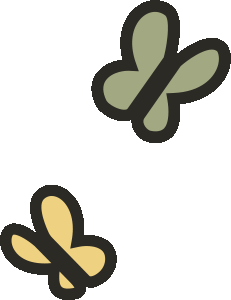What can't cats eat? A guide to toxic cat foods

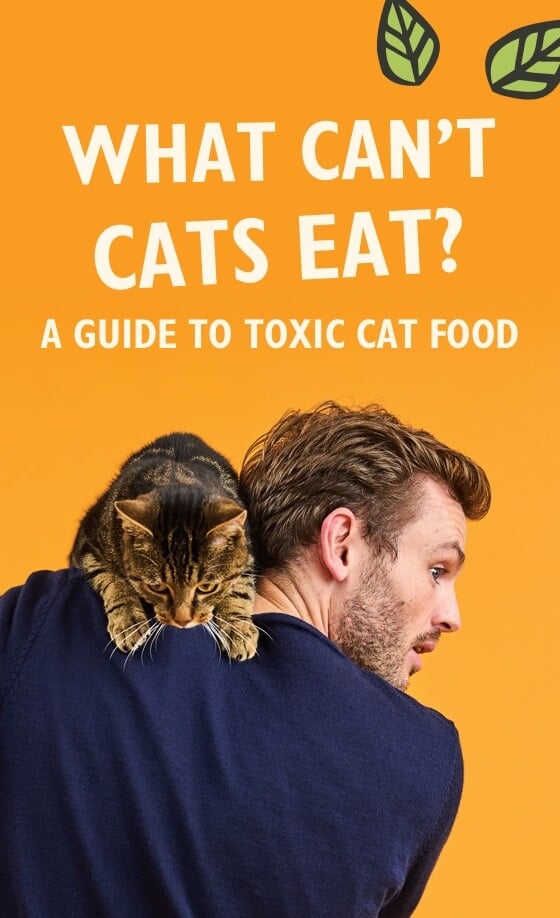
We asked pet expert Rory the Vet for his advice.
When it comes to the feline in your family, it might seem natural to share everything with them... cuddles, your favourite spot on the sofa... Than when dinnertime rolls around and your kitty is keen to try a bite from your plate - it can be hard to say no. Particularly if they’re pulling out all the stops (purring, kneading, twirling around your legs – they know what works!). BUT a lot of the foods we as humans eat can be harmful to your cat’s health. Here, I’ll guide you on all the foods that are toxic and not toxic to cats, so that going forward, you can treat your furry friend to a little snack and do so safely.
MEET RORY THE VET

We’ve partnered up with animal whisperer and renowned veterinarian, Dr Rory Cowlam, to share his wisdom when it comes to all things furry. And boy, does this man know his stuff.
Starting with his degree from the Royal Veterinary College, Rory has since co-starred in the CBBC’s series The Pet Factor, shared his knowledge on the likes of Blue Peter and written all about it in his book, Secret Life of a Vet..
Follow him on Instagram
The importance of knowing what cats can't eat
It’s easy to assume that a certain food is safe for a cat to ingest. For instance, cream. Surely cats can have cream!? Well, no. They can’t. Another - cats are obligate carnivores (they require meat in their diet), but did you know that they can eat some types of vegetables and fruit too? (Not all, though!) These are some of the most common misconceptions about a cat’s diet, and there are many more out there. Being aware of anything that could be a danger to your cat will help you keep them safe and happy. So, listen up!
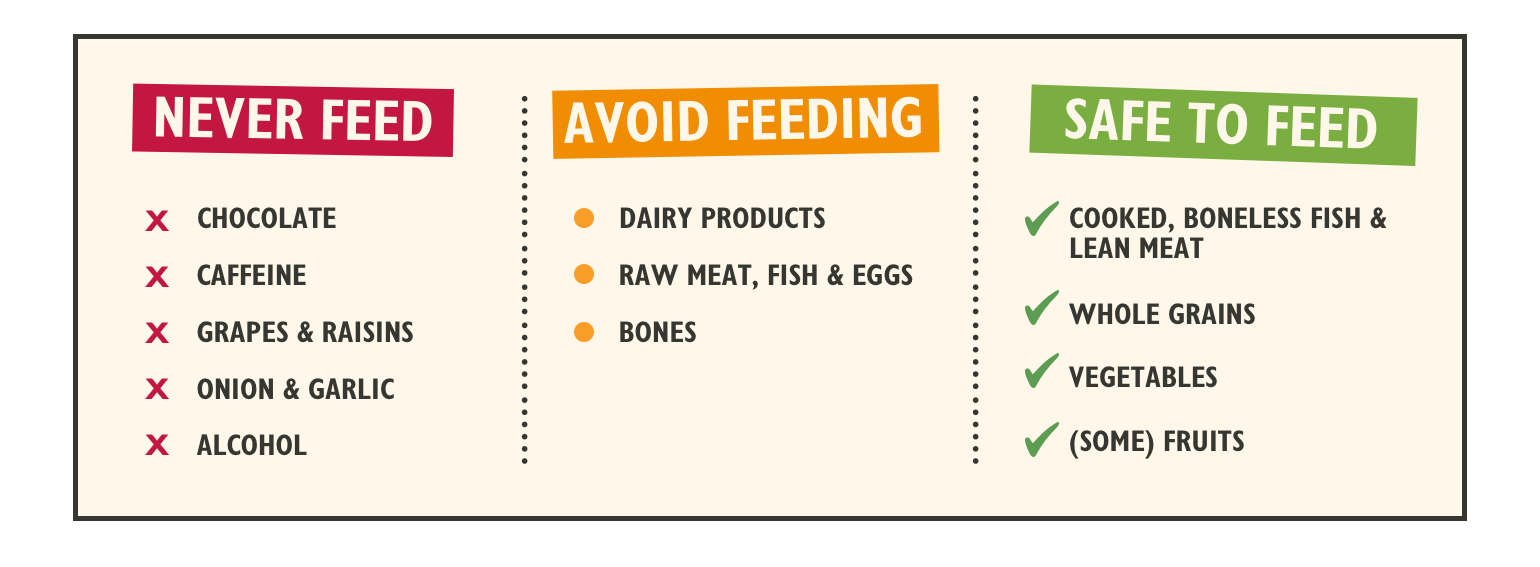
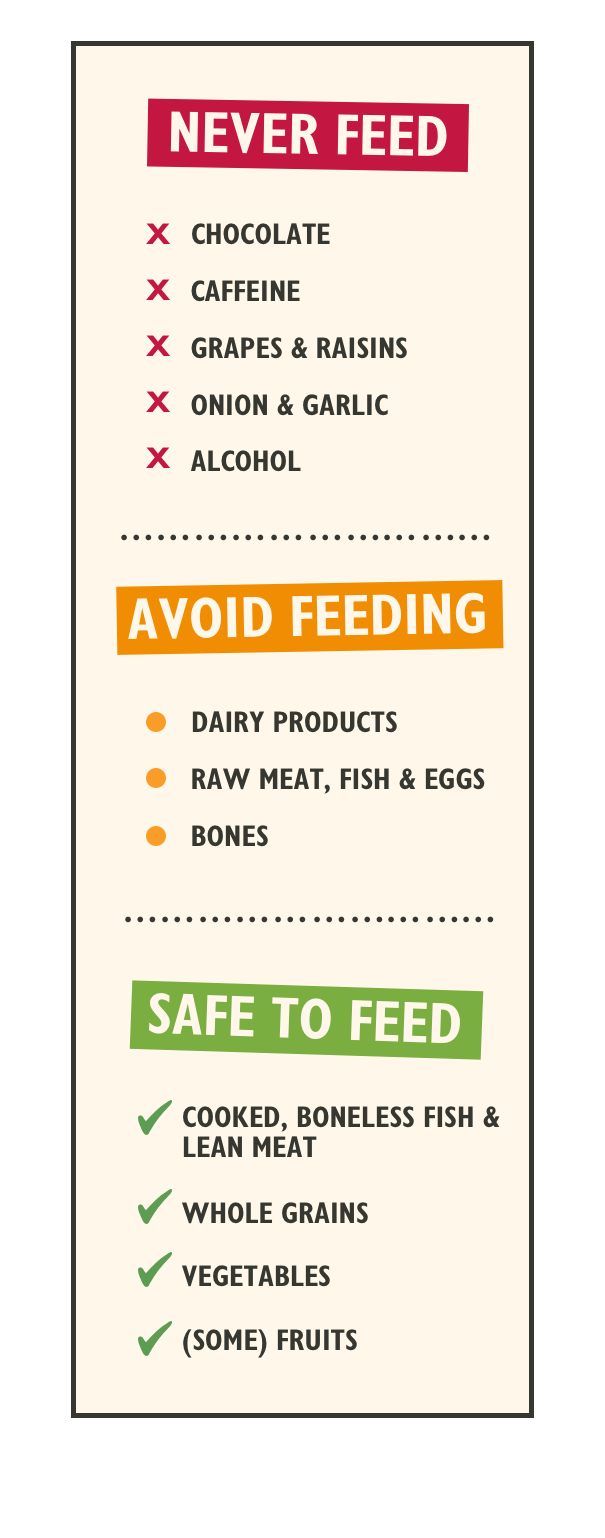
Foods that are toxic to cats
To ensure your cuddly friend’s safety and well-being, never offer them the following:
Chocolate
Chocolate is dangerous for cats (as well as dogs!). This is because chocolate and cocoa contain theobromine, which is naturally metabolised in us humans, but not in animals. The darker the chocolate, the more theobromine it contains, but I would keep all forms of chocolate away from pets. They don’t have to consume much for it to cause problems, which can lead to very serious health risks, including liver failure.
If your cat has consumed chocolate, they may experience symptoms such as vomiting, restlessness, diarrhoea, increased heart rate, increased breathing, heightened temperature, seizures and muscle rigidity.
Caffeine
Caffeine is toxic to cats, so much so that ingesting even a small amount could cause harm.
This includes caffeine found in coffee, tea and soft drinks. Symptoms it can cause involve restlessness, tremors, increased heart rate and seizures.
Onions and garlic
Onions and garlic shouldn’t be fed to cats, even in small amounts or via foods that are seasoned with them. They contain compounds that can damage their red blood cells, which could lead to anemia.
If you suspect that your cat has eaten onions or garlic, you may witness symptoms such as vomiting, diarrhoea, weakness, dehydration or a decrease in appetite.
All of this applies to chives and leeks also. You can find more information here here.

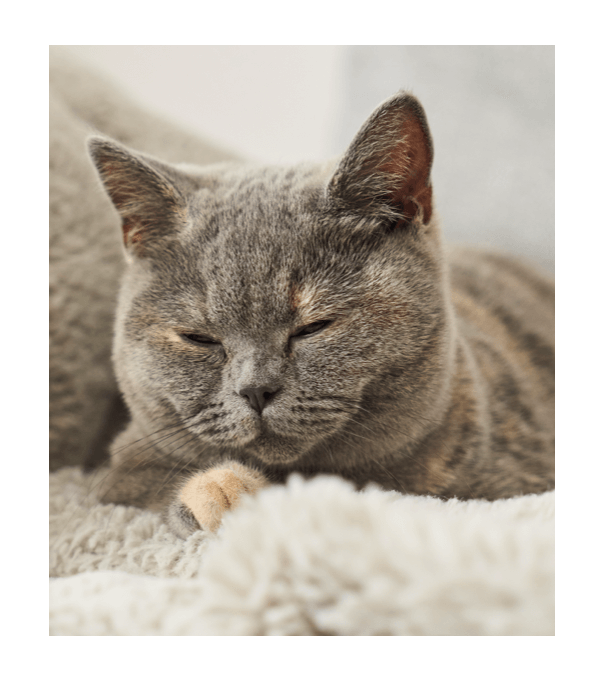
Grapes and raisins
Grapes and raisins are considered toxic to cats, even in small dosages. Symptoms include vomiting, lethargy and a decrease in appetite. Worst case scenario, consumption of either can cause kidney failure. So, I would avoid feeding these to your feline, and be extra wary of your furry friend during festive periods where there may be access to desserts, which grapes and raisins are often in.
Alcohol
Alcohol is extremely toxic for cats – including foods that contain alcohol. This is because it contains ethanol, which can cause respiratory issues, induced coma, cardiac arrest and even death. While I would doubt very much that you would consider giving your cat alcohol, there are other ways your feline could ingest alcohol without your realising, for example, by leaving around unattended drinks or via a spillage. Signs your cat may have consumed alcohol include excessive sleepiness, disoriented behaviour, vomiting, low body temperature, low blood sugar, increased thirst and increased urination.
I would also include paracetamol and other pain killers here. Paracetamol is extremely dangerous if eaten by a cat. It should never be given and always keep it out of reach.

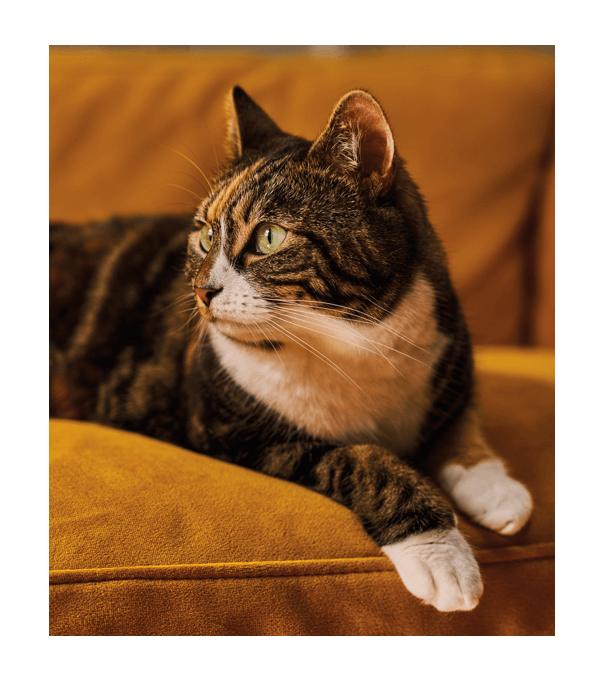
Other foods to avoid
There are plenty of other common foods that aren’t necessarily toxic, and yet are still considered harmful to cats. To ensure your feline’s safety, keep them away from the following:
Dairy products
This may be surprising to you, but cats are in fact lactose intolerant. Which means they shouldn’t have any dairy products, such as cheese, milk, yoghurt or ice cream. Dairy may not be considered toxic to cats, but consuming any of these can lead to an upset stomach or diarrhoea.
Raw meat, fish and eggs
All three of these can cause food poisoning in cats if they contain harmful bacteria such as E. colo or Salmonella. Cats can eat meat, fish and eggs as long as they have been cooked thoroughly beforehand.
Bones
Bones are not toxic to cats, but they can absolutely still be considered a danger in terms of obstruction, which can lead to choking or suffocation. On top of this, splinters can cause cuts and lacerations inside your cat’s mouth, stomach and digestive system. Avoid.
For more information on the dangers of bones, see here here.
Other common household non-food toxins your cat should avoid:.
- Lily flowers- the whole plant is considered highly toxic to cats, even the water in a vase of cut lilies. Make sure your cat never has access to them, whether that’s inside the house or in your garden
- Ethylene glycol - found in antifreeze, is (believe it or not) tasty to cats. The smallest amount is lethal to a cat if ingested. Always clean up any spillage immediately, no matter how small
- Essential oils – can be toxic to cats through skin contact, ingestion and inhalation

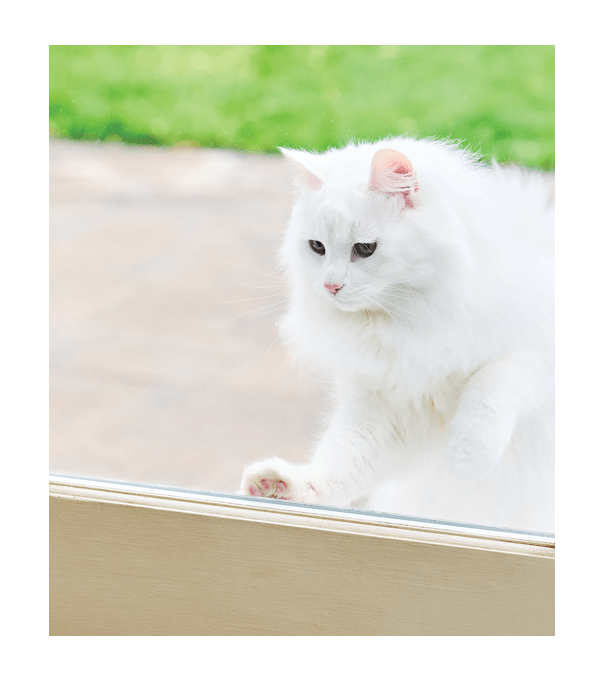
What to do if your cat has eaten toxic food
If you suspect that your cat has eaten any of the above or might be having an adverse reaction to something, always consult your vet immediately, even if you’re not 100% sure. The sooner you address it, the better.
Alternative cat-safe treats
Generally, your cat needs to be getting everything they need from complete and balanced cat food, but there are a few human foods that are safe to treat your cat to (that is, if your feline doesn’t turn up their nose at it!). This includes:
- Cooked, boneless fish and lean meat such as chicken, turkey and lamb
- Whole grains
- Vegetables such as steamed broccoli, carrots, cucumber, asparagus and peas
- Fruits such as blueberries, bananas, cantaloupe, seedless watermelon, peeled and deseeded apples and pumpkin
Outside of human food, Lily’s Kitchen’s treats for cats are made with natural ingredients and are even tasty enough to get your feline up from their third nap of the day (and that says something).

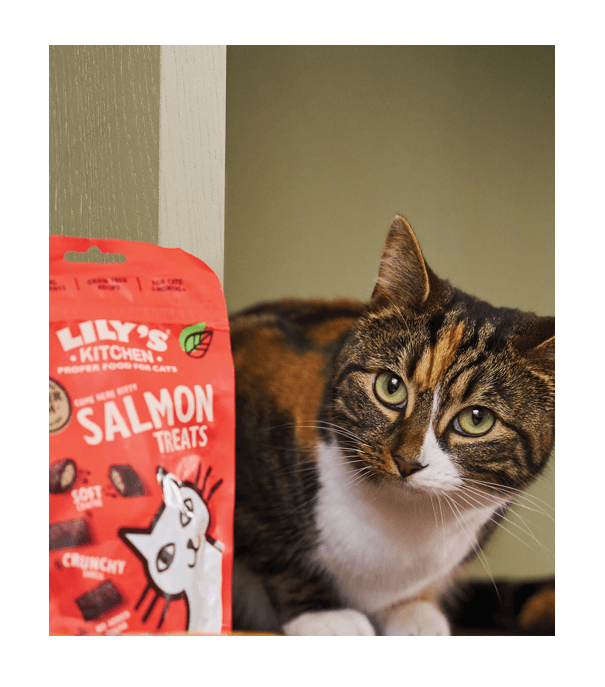
The information in this article is intended as a guide to help pets and pet parents on their journey together. It is provided for educational and informational purposes only and is not meant as a substitute for professional advice from a vet, behaviourist, trainer or other professional. We encourage all pet parents to consult with their vet and/or behaviourist to ensure their pet’s specific needs are met.
